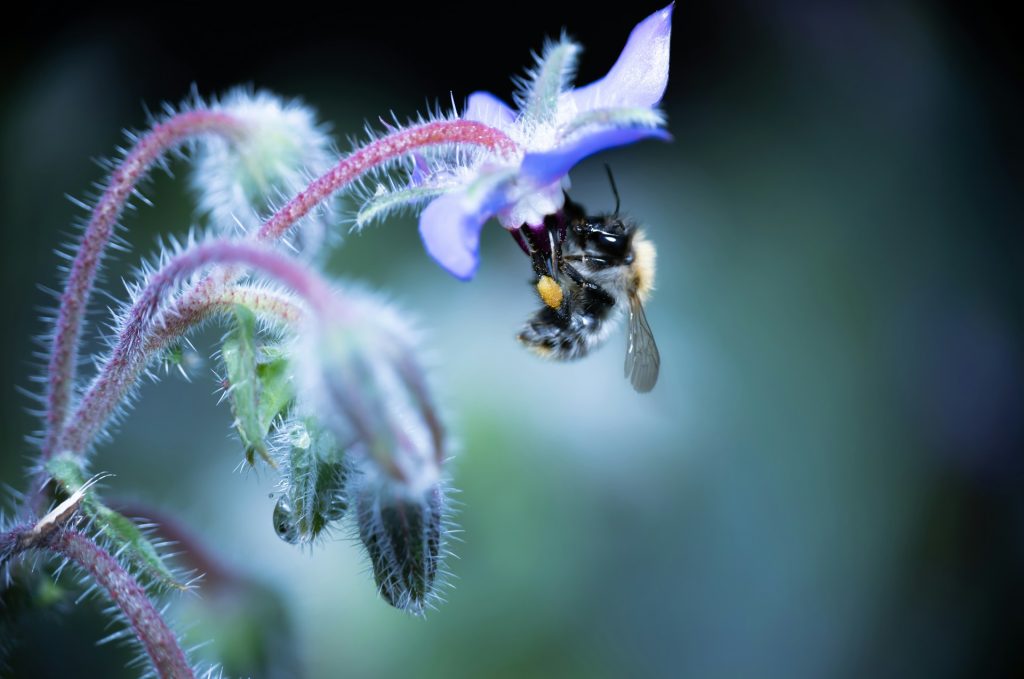At the heart of pollination lies a remarkable phenomenon – the transfer of pollen grains from the stamen, the male reproductive organ of a flower, to the stigma, its female counterpart. This intricate process sets in motion a series of events that ultimately lead to the formation of fruits and seeds. From the germination of pollen grains to the growth of pollen tubes, each stage of pollination is a testament to the complexity and elegance of nature’s design.

The Significance of Pollination
Beyond its role in plant reproduction, pollination holds immense significance for ecosystems and agriculture alike. By facilitating the production of fruits and seeds, pollination sustains biodiversity and ensures the survival of countless plant species. Moreover, it plays a vital role in crop production, with many of the world’s food crops relying on pollinators for their reproduction. Understanding the mechanisms of pollination is therefore essential for both conservation efforts and agricultural practices.

Agents of Pollination
Pollination relies on a diverse array of agents, each playing a unique role in the process. Insects, such as bees and butterflies, are among the most prominent pollinators, drawn to flowers by their vibrant colors and sweet nectar. Wind also plays a crucial role in pollinating certain plant species, while birds and bats contribute to pollination in specialized ecosystems. Together, these agents form a complex web of interactions that sustain the delicate balance of life.
Insects
Insects, particularly bees, are renowned for their role as pollinators, visiting flowers in search of nectar and inadvertently transferring pollen between plants. Bees, with their specialized adaptations for pollen collection and transport, are among the most efficient pollinators in nature. Other insects, such as butterflies and beetles, also contribute to pollination, albeit to a lesser extent. Their interactions with flowers showcase the intricate coevolutionary relationships between plants and pollinators.
Wind
In certain plant species, pollination is achieved through the action of wind, which carries pollen grains from one flower to another. Wind-pollinated plants often produce copious amounts of lightweight pollen, which is dispersed over long distances by air currents. While less precise than insect-mediated pollination, wind pollination is nonetheless essential for the reproduction of many plant species, particularly those adapted to open habitats.
Birds and Bats
Birds and bats, with their unique ability to fly, play a crucial role in pollination, especially in specialized ecosystems such as tropical rainforests. Hummingbirds, with their long beaks and specialized tongues, are well-adapted to extracting nectar from tubular flowers, while bats are known to pollinate night-blooming plants with their nocturnal foraging habits. These flying creatures serve as important vectors for pollen transfer, contributing to the reproductive success of many plant species.
Types of Pollination
Pollination can occur through two main mechanisms: self-pollination and cross-pollination. Self-pollination involves the transfer of pollen from the stamen to the stigma of the same flower or another flower on the same plant, ensuring reproductive success in the absence of external pollinators. In contrast, cross-pollination involves the transfer of pollen between flowers of different plants, promoting genetic diversity and adaptation to changing environmental conditions.

As we conclude our journey through the captivating world of pollination, let us marvel at the intricate mechanisms that govern this essential process. From the buzzing of bees to the gentle rustle of wind-blown pollen, every aspect of pollination reflects the remarkable adaptability and resilience of life on Earth. As stewards of the natural world, let us cherish and protect the delicate dance of pollination, ensuring the continued vitality of our planet’s ecosystems for generations to come.





